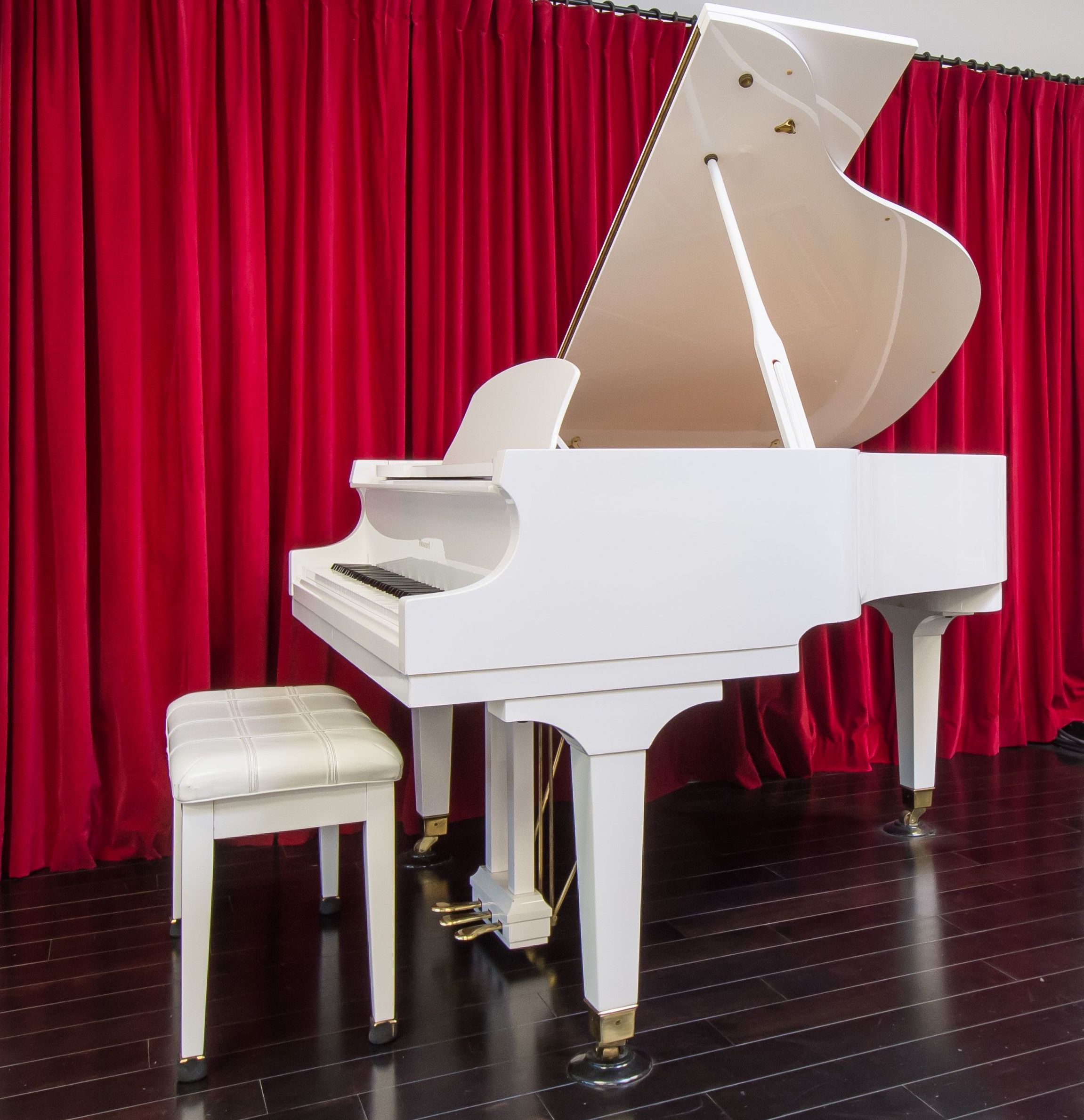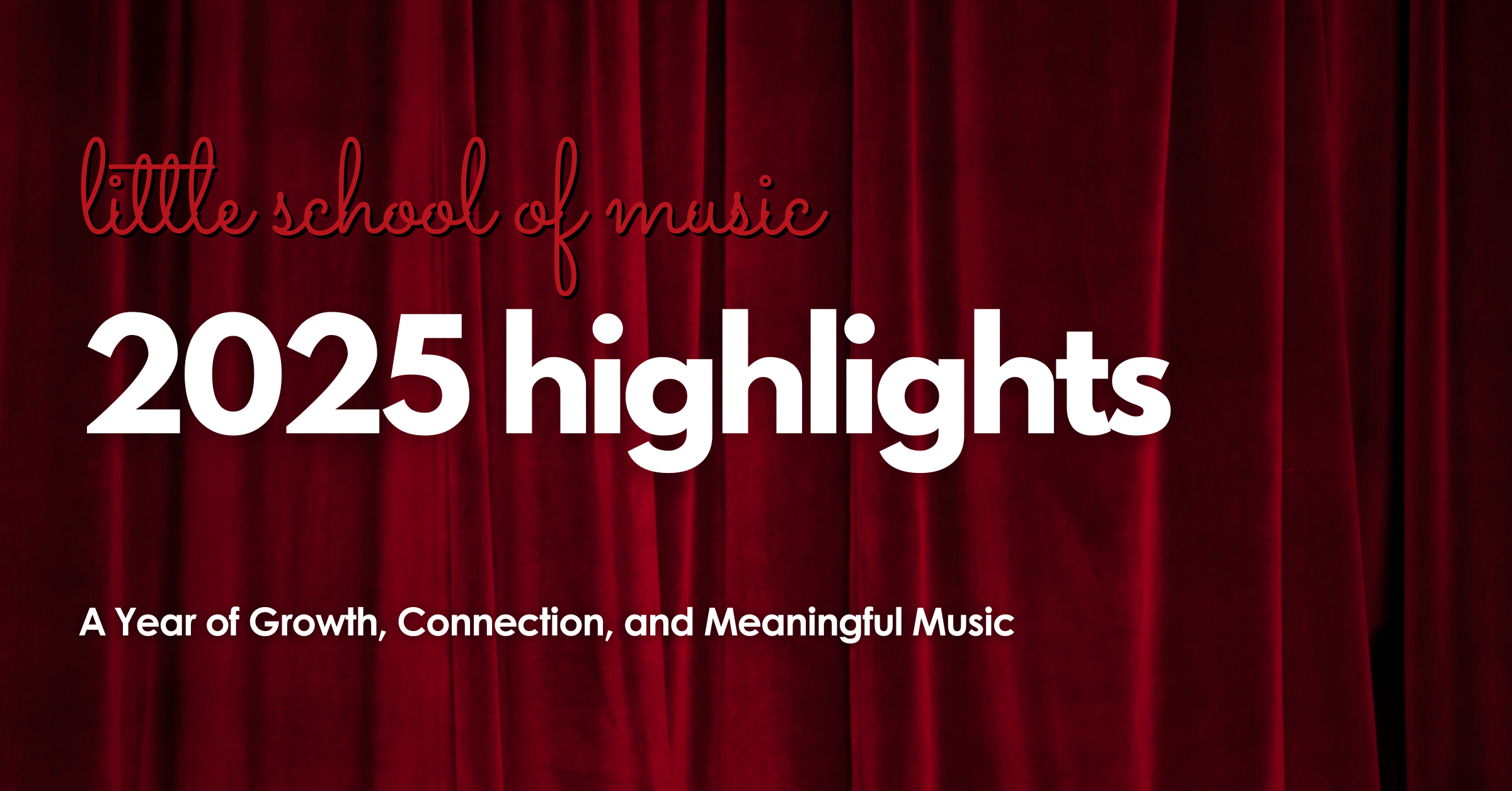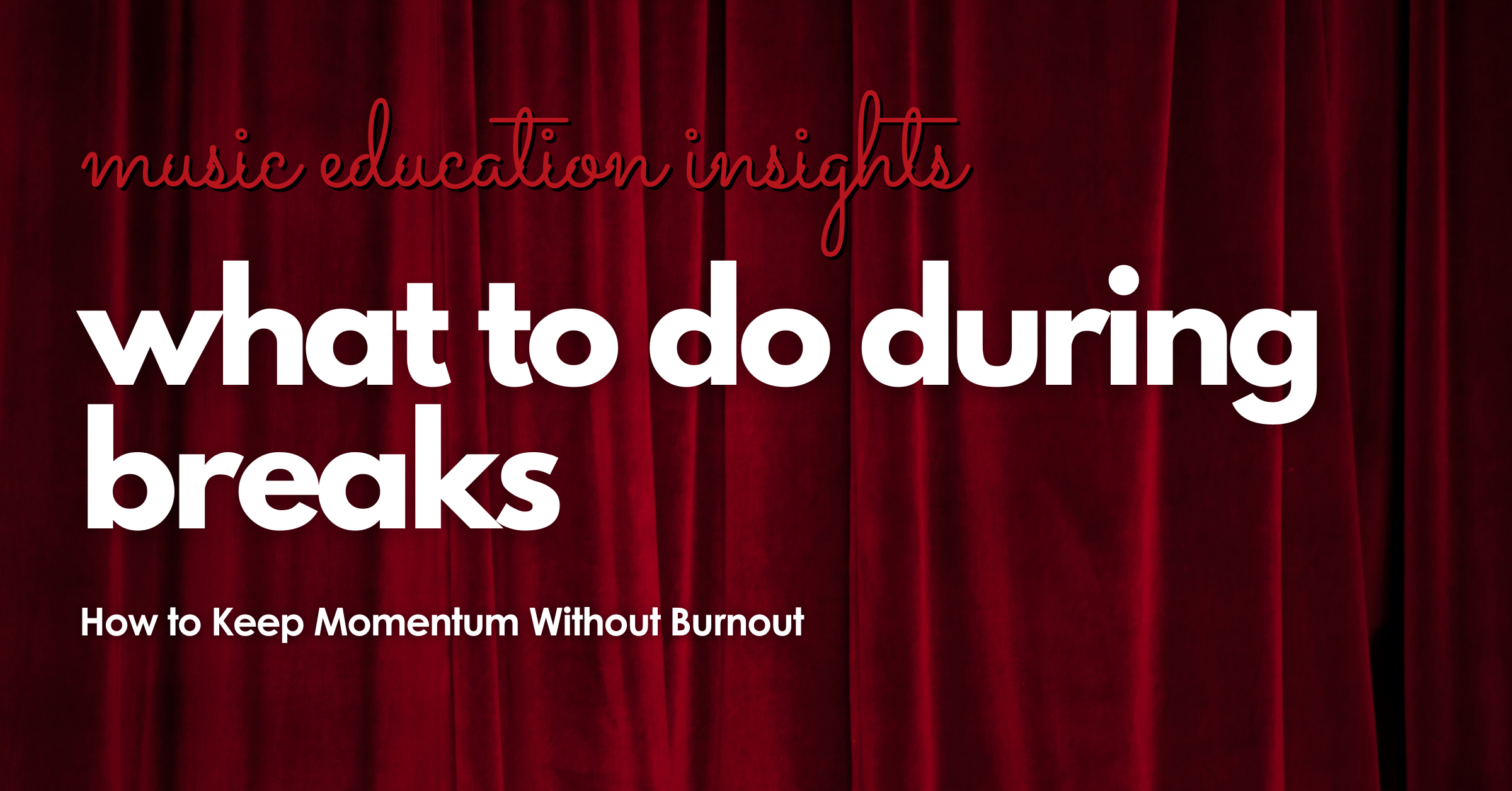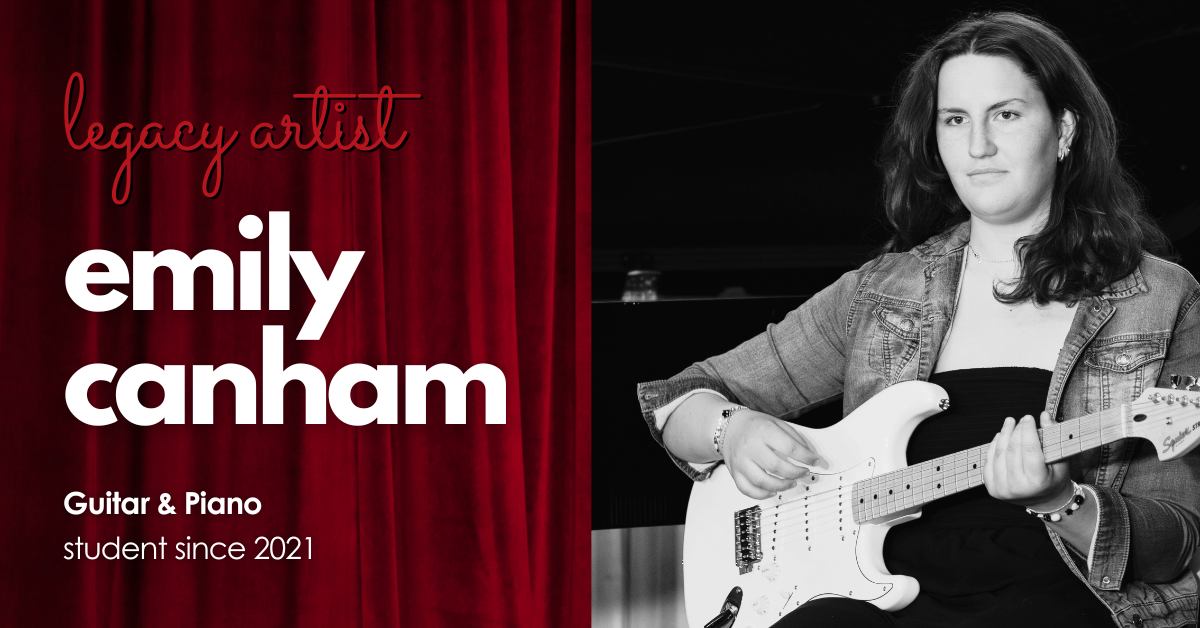Subscribe to the Little School of Music Youtube Channel!
There is a whole family of keyboard instruments you can learn about, (the organ, harpsichord, celeste, digital piano, accordion, clavichord, synthesizer, pipe organ, keytar, spinet, virginal, electric piano, Roli Keyboard, midi controller). Today we are going to explore the piano.
HISTORY
The piano was invented by Bartolomeo Cristofori (1655-1731) of Italy in about 1700. At the time, the harpsichord was a popular keyboard instrument which is played when strings inside are plucked. Cristofori replaced the plucking mechanism with a hammer to hit the string for the musician to have control over the volume of the music played. It was such a revolution, the name this new instrument was given, “fortepiano” literally means loud-soft or strong-soft.
HOW IT WORKS
Baby Grand, Grand, and Concert Grand pianos have the strings set up inside horizontally. Upright pianos have the strings tipped up vertically which can save space in a room. Inside the piano you’ll find many moving parts that all work together. There are no plugs or power switches, no batteries or charging needed. It just works.
When you press the piano keys down, the damper for the key you press lifts off and the felt hammer under string pops up to hit the strings. This creates a vibration and the sounds we hear from the piano.
The wood sound board helps produce the rich resonance we hear from the strings. The cast-iron frame, also called the plate or harp, connects the tuning pins to the strings. This holds the tension tightly so the strings can sound at the correct pitch. The lid can provide protection when closed and projection when open. Some pianists even take the lid off!
WHAT DO THE PIANO PEDALS DO?
The piano also has 2-3 pedals. The soft pedal, or una corda, on the left creates a softer tone. The pedal in the middle is the sostenuto or practice pedal which allows the pianist to sustain certain lower notes, or play very quietly. The sustain pedal on the right lifts all the dampers off the strings so all the notes can ring out.
MUSICAL FAMILY
The hitting motion of the hammers on the strings classifies the piano as a percussion instrument, but since there are strings inside that vibrate to make sound, it’s also a string instrument.
For centuries composers have used the piano to create music. Pianists have performed the piano everywhere: on the concert stage, in recording studios, at world famous events, at school performances, for religious gatherings, at sporting events, outside in nature, and in the home. The piano has become one of the most important and most popular instruments of all time and is prominent in about all styles of music: classical, romantic, musical theater, film scores, jazz, pop, rock, you name it, there’s probably a piano.
START PLAYING PIANO!
Learning to play music has many brain development benefits and allows for personal expression through solo and ensemble playing. People often say they wish they had continued their lessons as a child. Well, it’s never too early or too late to learn! Piano is everywhere and it’s something we can enjoy learning. Hop on the bench and get started!
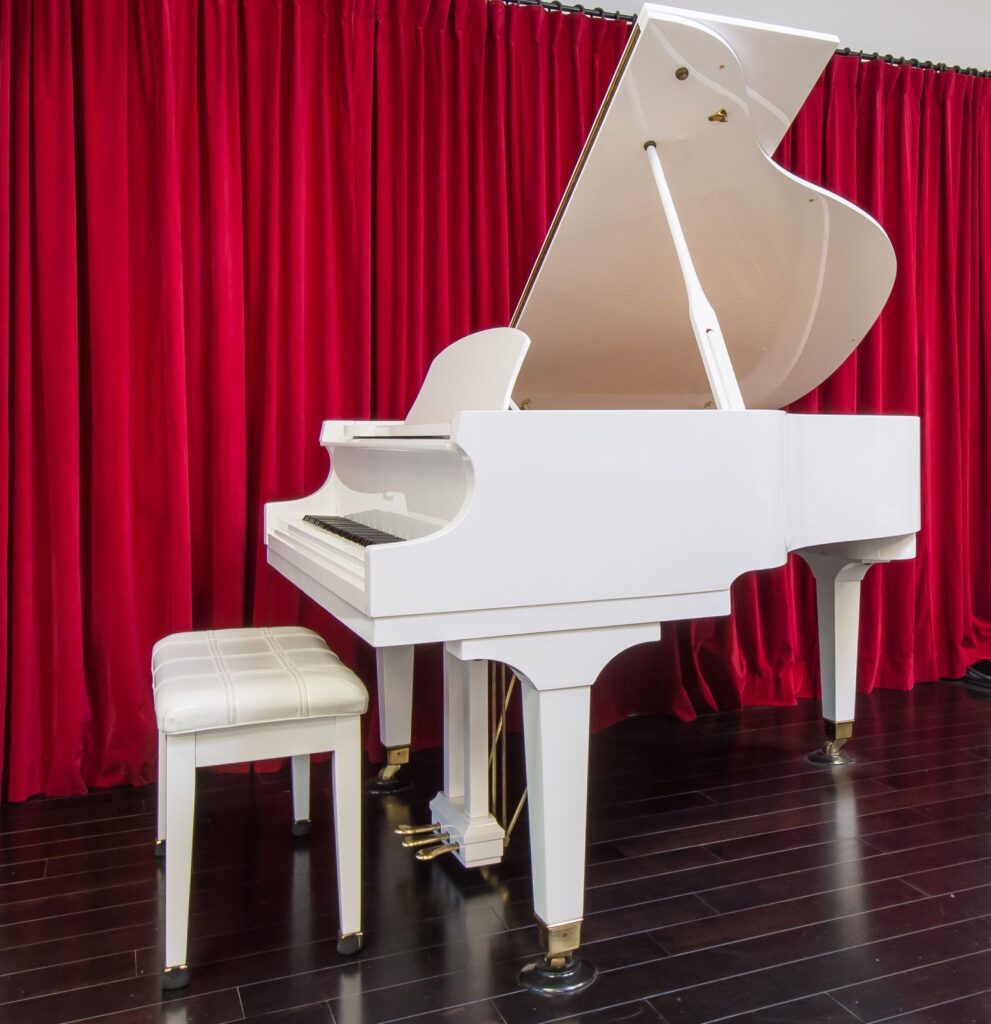
For more information about Little School of Music call:
661-222-2239
or complete the online Contact Form.

Little School of Music is fully Accredited by the Accrediting Commission for Schools, Western Association of Schools and Colleges.

